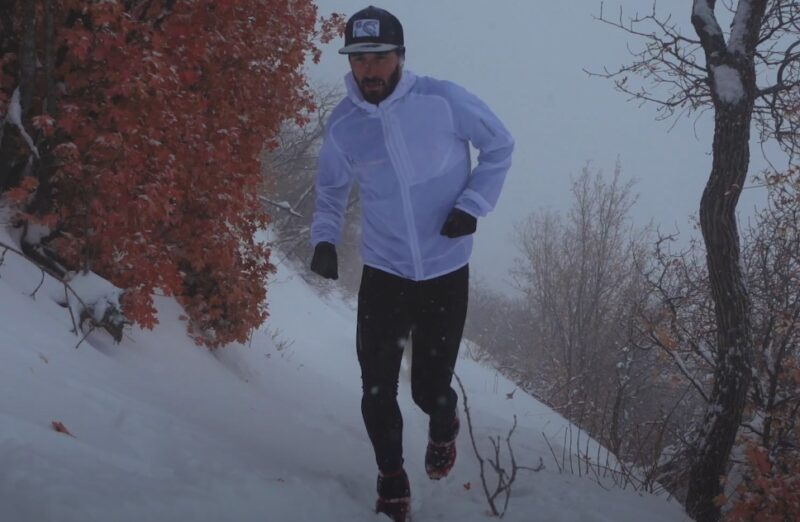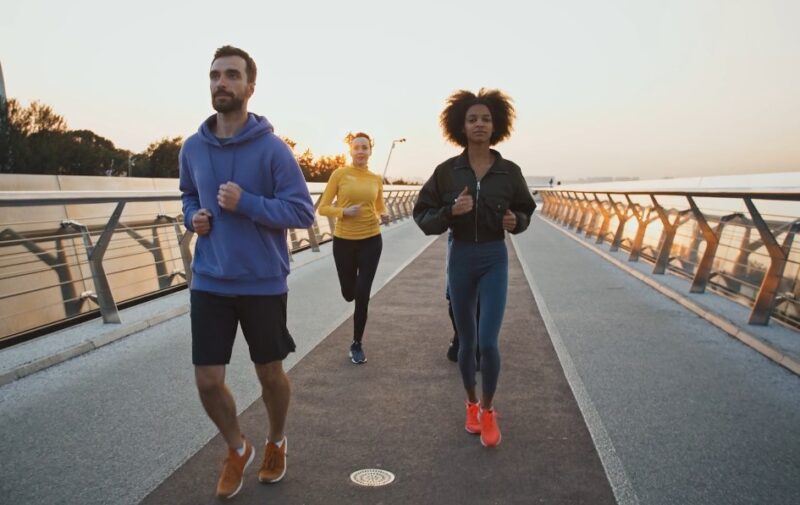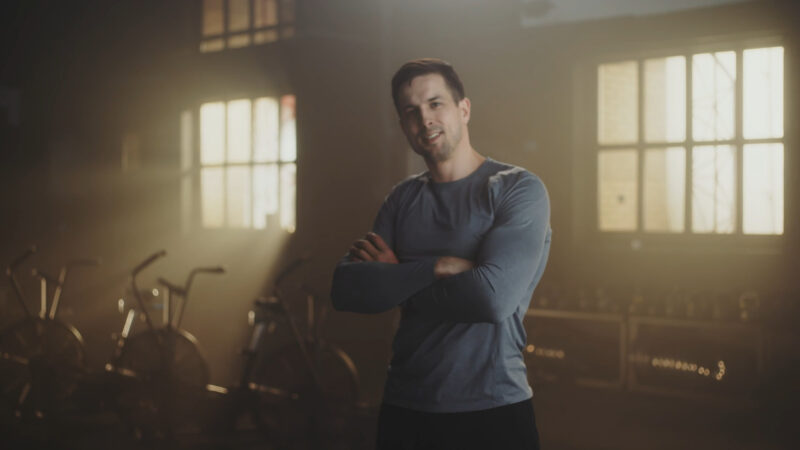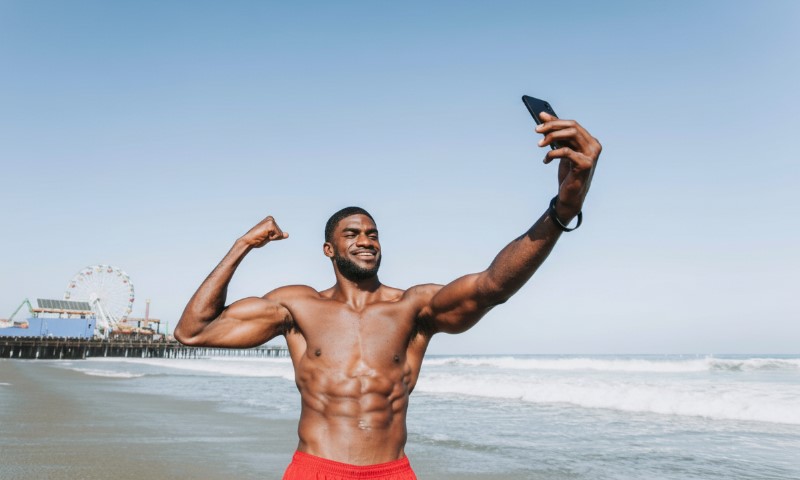Many runners crave comfort, efficiency, and a dash of personal style. Lugging every fancy gadget or wearing random accessories can create obstacles, though.
A thoughtful approach can lead to smoother performance from start to finish. Below, I prepared some guiding tips for choosing items that enhance workouts without feeling overloaded or drawing unwanted attention.
Table of Contents
Toggle1. Function Over Fashion
Why Prioritize Performance Features?

A sporty look often comes naturally when each item serves a purpose. Choosing gear crafted for running ensures comfort and durability.
For instance, running-specific sunglasses maintain a stable fit, offer robust UV protection, and include features that reduce fogging. Before you can find the right ones in your case, you should learn more about this as a concept.
Fashion sunglasses often slide down the nose or lack the needed grip when sweat appears. An everyday hat made from heavy cotton might trap moisture, while a running hat constructed from breathable fabric releases sweat and heat.
Examples of Functional Items
- Moisture-wicking socks: Reduce blisters and keep feet dry.
- High-quality sports bras: Offer essential support for female runners.
- Wrist sweatbands: Prevent sweat from trickling down into the palms.
2. Avoid Over-Accessorizing
Sensible Gadget Limits
Fitness trackers, heart rate monitors, and GPS watches offer valuable data. Yet wearing too many devices can divert attention from the actual run.
A single watch with built-in metrics often covers distance, pace, heart rate, and calorie tracking.
Downsides of Too Much Gear
Excess items might chafe, add weight, or produce noisy rattles. Multiple belts, multiple pouches, or an array of phone holders can turn a serene run into a logistical challenge. Settling on essentials keeps the focus on movement, breath, and scenery.
While it’s tempting to purchase multiple gadgets, sticking to essential items can prevent distractions during your run; consider checking the Shop LC Clearance Sale for streamlined accessories that enhance your performance without adding unnecessary bulk.
3. Footwear Fit for the Road

Finding the Right Shoe
Selecting footwear demands more than picking a catchy color. A comfortable shoe with proper cushioning and arch support helps avoid injuries.
Specialty running shops analyze foot type and strike pattern, matching runners with shoes that address personal biomechanics.
Road shoes typically feature lighter materials and smoother outsoles, while trail shoes offer more aggressive traction and durable uppers.
Sneaker Pitfalls
Common casual sneakers might feel cozy during a quick errand, but they lack features for extended impact. The result may include painful arches or shin splints after longer workouts.
A runner who invests time and resources in suitable shoes often enjoys a more pleasant experience and fewer physical setbacks.
4. Smart Storage Solutions
Freedom from Bulky Pockets
Keys, phones, and gels are handy essentials. Shoving them in random pockets can distract from the run, leading to uncomfortable bouncing or an odd silhouette. Better options exist.
A belt or armband designed with runners in mind sits close to the body. Some models include small pockets or loops that keep valuables from jingling.
Streamlined Choices
- Running belts: Often feature zippered pockets, adjustable straps, and reflective details.
- Armbands: Secure a phone in place, providing quick access to playlists or run-tracking apps.
- Hydration vests: Ideal for trail runners needing water, snacks, and extra layers.
5. Dressing for Changing Weather
Layering for Cooler Days

A brisk morning run can quickly turn scorching by midday, so layering makes sense. Start with a moisture-wicking shirt that sits close to the skin.
Follow with a ventilated mid-layer for warmth, and finish with a lightweight, wind-resistant jacket if conditions seem chilly. Each layer should complement the others without creating unnecessary bulk.
Tackling Heat
During warm spells, airy fabrics and light colors help reflect sunshine. Breathable fabrics channel sweat away from the body, curbing overheating.
Consider hats with mesh panels or headbands that keep sweat out of the eyes. A runner who stays cool lasts longer on the path.
6. Choosing Technical Fabrics
Benefits of Synthetic Materials
Cotton tends to absorb sweat and then hold onto it, leading to chafing and an overall damp feeling. Materials like polyester, nylon, or spandex wick moisture away quickly.
That feature allows for better ventilation and faster drying, which means a more comfortable stride from the first mile to the last.
Polished and Purposeful Look
Sleek attire typically offers minimal seams to reduce friction. Mesh panels appear in strategic zones, promoting air circulation.
The result: a fresh, athletic look that signals seriousness about running goals. It also helps limit the endless load of soggy clothing in the gym bag afterward.
7. Embracing a Minimalist Mindset

Advantages of Fewer Accessories
A runner sporting a simple outfit can concentrate on performance. Minimalist clothing choices highlight a clear focus on training and personal growth. That attitude often speaks volumes about efficiency and dedication.
Core Items Worth Owning
- Performance tops and bottoms: One or two pairs of quality shorts or tights remain versatile for different workouts.
- Reliable headgear: A breathable hat in summer or a lightweight beanie in winter prevents sweat, sunburn, or chills.
- Hydration gear: Waist-pack bottles or handheld flasks keep thirst in check on medium to long runs.
8. Perfecting the Fit
Comfort vs. Distraction
An accessory must sit securely without pinching. A hat that rides up will fall off if a gust of wind hits. A belt that’s too loose bounces around, which can create chafing.
A shoe that’s half a size too big feels sloppy, while one that’s too tight can cause bruised toenails.
Practical Tips
- Try gear in-store: Jog in place or move around to ensure belts, hats, and shoes stay put.
- Adjust straps: Belts or vests often include Velcro or adjustable hooks for a snug fit.
- Replace worn items: Over time, fabrics stretch, and footwear cushioning deteriorates.
9. Reflective Gear for Low-Light Runs
Visibility Matters
A quiet jog at dawn or dusk presents obvious safety challenges. Passing vehicles or cyclists have limited sight, especially in dim conditions.
Reflective elements on shoes, jackets, or belts create quick flashes of light when headlights or streetlights hit. That increases awareness among road users.
Balanced Approach
Nobody wants to resemble a disco ball. A few reflective accents go a long way. One reflective vest or a pair of reflectors on the ankles can suffice for many runs.
The key is to remain visible without overshadowing the overall outfit with an overload of shiny patches.
10. Keeping an Eye on Trends
Blending Style and Practicality
Functional gear need not be dull. Trendy colors and silhouettes sometimes pop up in running collections.
An innovative pair of shorts with side vents or a new line of compression socks can provide flair without sacrificing performance.
Making Trends Work for You
Consider a single statement piece if a runway-inspired design catches the eye. It could be patterned tights or a funky pair of running shoes, balanced by understated tops or accessories. Confidence grows when clothing works in unison with personal taste.
11. Personalizing Your Running Experience

Reflecting Individual Needs
Every runner walks a unique path. One person may feel happier in a sleeveless top on a cool morning, while another needs a lightweight jacket until well into spring. Consider personal comfort levels.
Runners with sensitive skin might focus on seamless apparel to prevent irritation, and those living in warmer climates may lean toward ultra-breathable fabrics.
Moderation as a Guiding Principle
An individual who feels confident in an accessory combination often projects a more polished appearance.
Experimentation is fine, provided it doesn’t lead to gear overload. A methodical approach to selecting items often yields an efficient and stylish running wardrobe.
12. Preventing Gear Overload
Warning Signs
- Multiple pairs of sunglasses jostling in a belt pouch.
- Two or three phone holders strapped to arms and hips.
- Bulky jackets tied around the waist on a short run.
Overloading can be triggered by a fear of missing something essential. However, too many items rarely translate to better performance.
A Clear Path Forward
Rather than preparing for every scenario, plan runs according to the day’s conditions. If the forecast suggests sunshine, a simple hat or pair of running sunglasses should be enough.
Extra layers stay home unless a drastic temperature swing is expected. Prioritizing comfort and convenience eases the mind and makes each run more enjoyable.
13. Combining Safety and Style
Protecting Skin and Eyes
Sun protection ranks high among considerations. A running hat or visor helps shield the face, and sunglasses defend against harsh rays.
Sunscreen becomes a vital companion for those who spend extended time outdoors. Even a short midday run can expose skin to potential damage.
Balancing Bold and Subtle
An outfit can include lively patterns on a top layer paired with neutral shorts. Reflective accents keep runners visible in traffic but appear minimal during daylight. Safety never has to come at the cost of personal expression.
Final Words
Simplicity remains the guiding star in the world of running accessories. Thoughtful choices around footwear, storage solutions, and weather-appropriate clothing lead to a comfortable and focused workout.
A runner who opts for functional items and keeps flashy extras in check projects confidence. Equip yourself with efficient gear, and race ahead free from any unneeded clutter. The road feels more inviting when essentials enhance each stride rather than weigh it down.
Related Posts:
- 25 Simple Running Motivation Tips To Get You Moving
- How Can You Start a Career as a Running Coach?
- How Far Is a Half Marathon? Everything You Need to Know
- How Long Does It Take to Train for a Half Marathon?
- Lower Back Pain While Running? Here's What You Need to Know
- Should You Run on an Empty Stomach? Pros and Cons Explained







